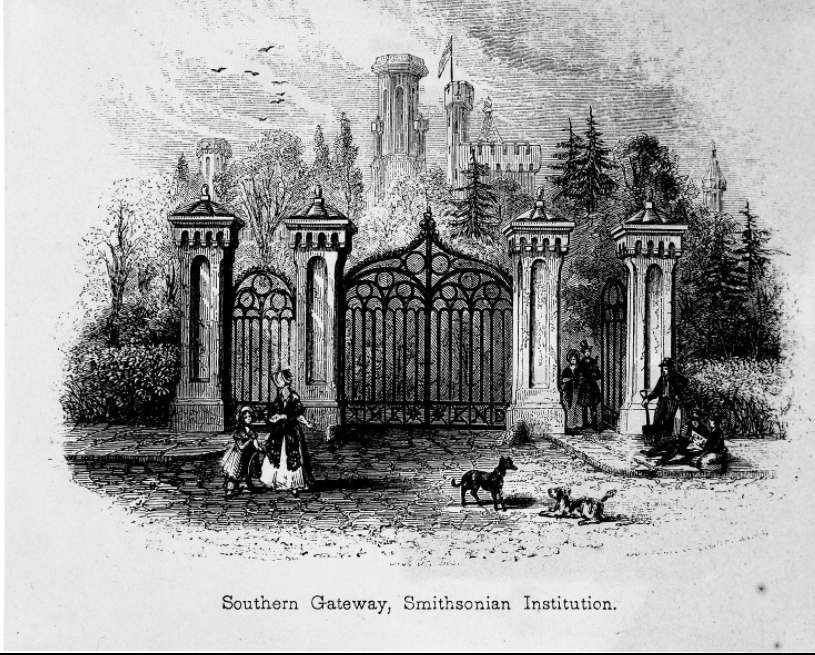The Skellig Islands. More stunning and other-worldly than any of the special effects of the past two Star Wars movies is the real-life towering rock outcroppings glimpsed in the closing more »
Author: Julia Blakely
Julia Blakely is a former Rare Book Catalog Librarian at Smithsonian Libraries and Archives. She has undergraduate and master's degrees in art history from the George Washington University and a M.S., with a specialization in rare books, from Columbia University. For many years she was a lab instructor at Rare Book School at the University of Virginia (formerly at Columbia). She served as the Libraries' representative for the Smithsonian's Material Culture Forum. Julia wrote the bibliographical descriptions for An Oak Spring Flora (1997) and has worked with several other private collections.
Along with time, humankind invariably changes the landscape. The geography and a series of events and errors that occurred in Halifax, Nova Scotia, on December 6th, 1917, contributed to the most catastrophic and dramatic man-made violence to a surrounding area and its inhabitants before the Atomic Age. In the annals of disasters of the 20th century, including the Great War, the explosion that occurred at the Canadian harbor was particularly horrifying and cruel. It was if the battles of the Western Front had crossed the Atlantic in a flash and ruined the bustling, prosperous seaport.
Is there a food in North America more intrinsically linked with the landscape of the past and nostalgically intertwined with a holiday feast than the cranberry? From Cranberry Lakes in Nova Scotia, Cranberry River of West Virginia, Cranberry Pond in Sunderland, Massachusetts, the Cranberry Isles of Maine, Cranberry Mountain in New York, Cranberry Meadow in New Jersey, and many a Cranberry Bog dotting coastal areas, the plant deserves the appellation of First or Founding Fruit. It is one of the indigenous foods in North America widely cultivated today. The narratives of the places where the berries once grew wild and of the loss of these habitats can be recovered from historical sources.
Beautifully produced but small, the cookbook Home at the Range with George Rector packs a lot of material culture in its 140 pages. Anything but stuffy, this culinary artifact more »
Morgan E. Aronson and Julia Blakely co-authored this piece. James M. Goode, former Keeper of the Smithsonian Institution Building (affectionately known as “The Castle”) received this year the Individual more »

Brewing and seafaring are mainstays of ancient human endeavors. Beer was first fermented by at least the 5th millennium BC in Mesopotamia. From the land between the Tigris and Euphrates Rivers of the Fertile Crescent, the grain beverage either traveled along trade routes or was spontaneously developed in other ancient civilizations (including Egyptian, Grecian, Roman, Norse, Aztec, Chinese) before landing in northern Europe in the early medieval period. Producing beer became a standard domestic chore in households, and later, on a slightly larger scale, in taverns and monasteries.
As the old Sam Cooke song goes: Don’t know much trigonometry Don’t know much about algebra, Don’t know what a slide rule is for But I do know that one more »







